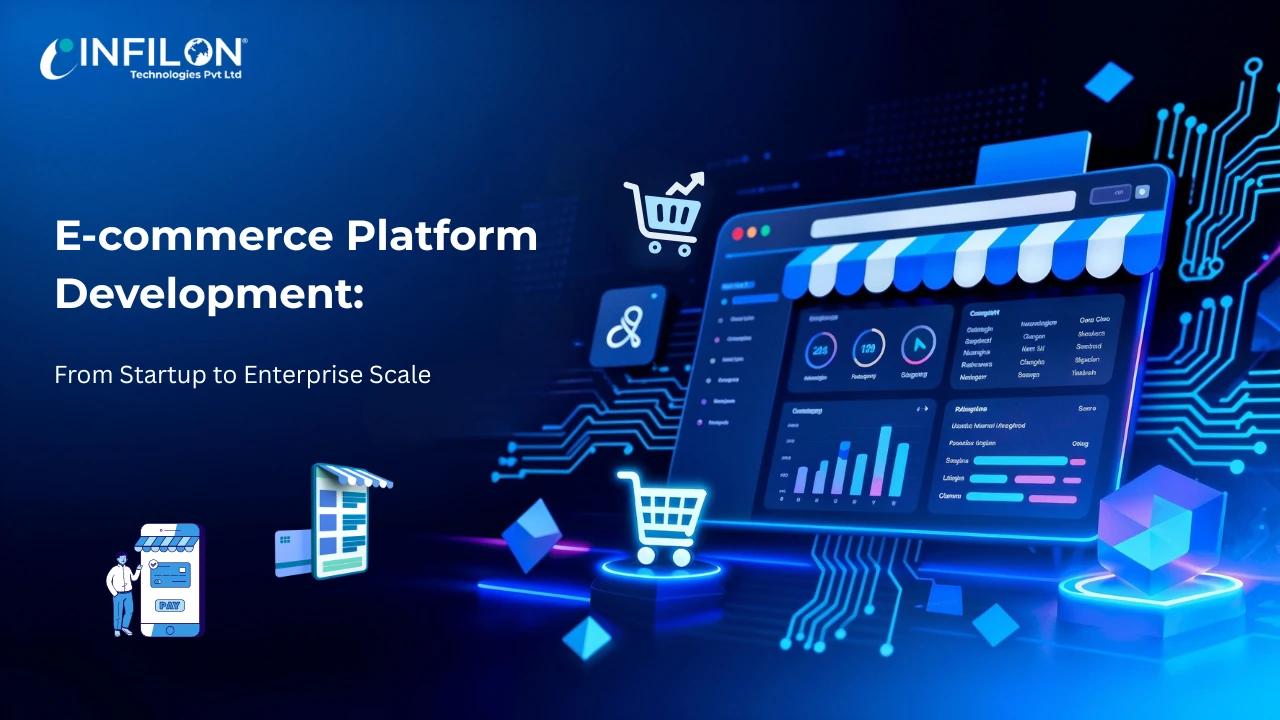SEO is one of the best ways you can generate leads and bring viewers to your site. Now it is not easy to get to the first page of every site’s target search engine and get there. SEO helps you to get there easily using the right techniques and keywords. SEO audit is essential to understand the real situation and the need to adapt. This can be done through CTR, organic search traffic, etc. This will help you find pages with minimal metrics.
A tool for content optimization can be used to promote a lot of links and the spotlight through earning. If you manage to get to the first page of a search engine like Google, then the visitor will grow a lot, which is far from potential customers. If you made it to the first page, it’s hard to be there because everyone wants to top the list. SEO helps you achieve and maintain that position.
Many SEO Company in India believes that the most effective way to use SEO is content marketing. Business sites that publish articles related to blogs and their products or services attract more attention. If the content is well written and published using proper SEO techniques, it will help build a positive and strong bond with the user. If the content is good, then the user speaks through the comments and shares their opinions on the products or services.
Pulls More Traffic And Live
SEO is the best way to drive quality and organic traffic to a site. Search engines are the ones that make your site more traffic than social. To make sure the website comes to the first page of the search list, you have to work on SEO for a long time using the right techniques. If you are able to optimize web content using the appropriate title, URL, meta description, image, description, you will be able to better attract the user to the site.
SEO is most beneficial because it is live 24/7. The site is always alive and so the work was done to optimize the site using SEO. It will continue to attract users when you are not working on it and keep generating new leads. Once completed, the work will remain live until any changes are made to it or new content is added to improve the site.
Improves The Roi
SEO helps to improve CTR, which helps in achieving high ranking and reaching the goal of reaching the first page. This is done by properly optimizing the pages to achieve a high CTR repeatedly. This is a process that needs to be continued every time because SEO and CTR influence each other.
A good website that is well optimized will be listed in the SERP and get clicks and impressions. SEO helps to view fewer pages that have a lower CTR and optimizes pages and their snippets. It also helps to find duplicate content on the site and remix meta descriptions and title tags that are similar to others.
Increases Sales And Leads
SEO helps increase potential customers by creating new leads every day. This helps put the site on the map and increases the buying and selling of goods and services. This is not like an intensive marketing strategy. Initially, SEO can be done without any financial investment. When you need to optimize a website for business, it only requires investment.
SEO can get leads and you can help optimize the content by understanding the methods of search. By using the right keywords and making sure the site loads at high speeds, quality content will benefit and get more leads. It helps to beat the competitors easily. All you have to do is stream the best SEO strategy.
A Long-term Strategy
It takes about 3-6 months for a newly launched site to achieve the best website ranking. The Google Guidelines also require a natural way for businesses to develop and use quality content. Once you reach the top position of the page ranking, you can get all the leads, clients, and increase the brand name. A site that is really difficult to change.
This can only change if the Google algorithm changes due to updates or other reasons. According to Google guidelines, the most important thing to improve ranking is to get the best quality content. The key is to get this page ranked higher and better connect with the customer. It is also important to create content that can be linked to as it will help the site grow faster.
There are many services that an SEO company in Ahmedabad provides that can help achieve the goals through proper planning and implementation of the SEO strategy.




